Before referring to scientific references, I want to tell what I observed about this dragonfly that I found. The first time I saw it, it was perched on the top of a leaf growing on the edge of a pond. The plant leans towards the pond so that its leaves appear to be above the water. The pond is near the flow of a river, even when the river overflows with floods in the rainy season, the pond becomes part of the river (other pictures of the environment where I found this dragonfly you can see in my previous post). As you can see in these pictures, it has the exceptional ability to perch on the most extreme parts of the plant even though it includes the largest dragonflies I've ever seen.
The first thing that caught my attention for this dragonfly was of course its unique body color, black with a slightly greenish yellow, followed by the same coloration on the abdomen, but the yellow here is yellow, not mixed with green. The way it perches somehow also looks unique and different from other dragonflies. But the most prominent thing that is owned by this dragonfly is definitely its abdomen or tail which is shaped like a bat. The tip of the abdomen or tail immediately reminded me of the shape of the hilt of one of the traditional weapons we have here in Aceh (sorry, I can't show you that right now).
It often flew quickly, attacked other dragonflies flying over the pond, then returned to the same position. These photos that I took only after two times it returned to the same place. It seemed very territorial, heavily defending the territory that became a monitoring zone for it where it would prey on flying insects.
With reference to several references that I will mention later at the end, it is definitely Ictinogomphus rapax or what is known as the Indian Common Clubtail. Named the Club-tail because the tail and the end of the abdomen are shaped like a bat, the club is a heavy usually tapering staff especially of wood wielded as a weapon (Merriam Webster).
In scientific classification, Ictinogomphus rapax is in the order Odonata, and like the aquatic or semi-aquatic Odonates as juveniles, the adults are indeed found near water, and are bio-indicators of river water quality because they are highly dependent on high-quality water when early life development. The Ictinogomphus rapax is in the family Gomphidae, a family of dragonflies often referred to as clubtail dragonflies. This family contains 900 species found on various continents. Most of these dragonflies breed in streams, rivers, lakes and ponds, but more often in still water. Their nymphs hide in the bottom sediments of water bodies. As adults, they spend a lot of time perched in positions that allow them to fly and prey on flying insects. Dragonflies in the genus Ictinogomphus are medium to large, black and yellow in color with clear wings.
The Ictinogomphus rapax or the Indian Common Clubtail in my pictures is a male. According to a reference, the male has an abdomen length of 52 mm, and a hind wing length of 40 mm. Morphologically, it has a black thorax marked with yellow. The lateral stripes are yellowish green, the legs are black, and the wings are transparent and black. Males are easily visible at the tips of branches above the water, in contrast, females are rarely seen. It often conducts flight patrols to repel disturbing species and return to favorite places. In hot weather it performs obelisks (standing with the abdomen raised vertically).
References:
Ictinogomphus rapax, https://en.wikipedia.org/wiki/Ictinogomphus_rapax
Gomphidae, https://en.wikipedia.org/wiki/Gomphidae
Ictinogomphus, https://en.wikipedia.org/wiki/Ictinogomphus
Ictinogomphus rapax (Rambur, 1842), https://indiabiodiversity.org/species/show/227431
Merriam Webster, https://www.merriam-webster.com/dictionary/club
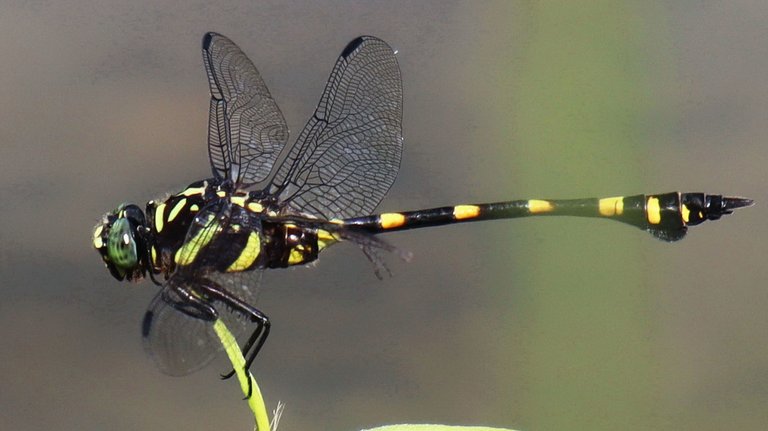
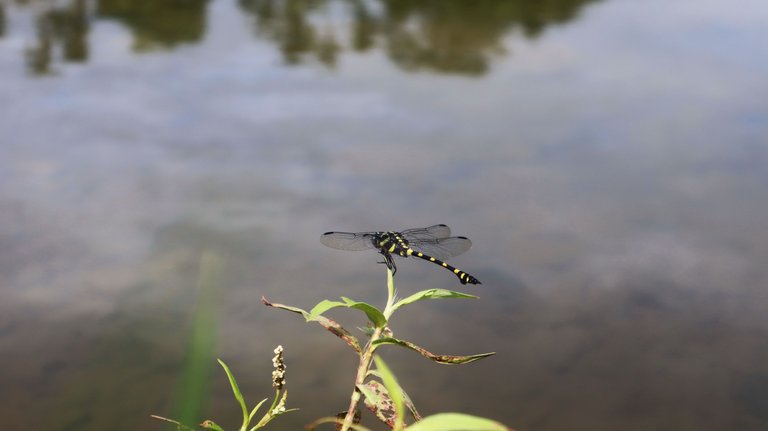
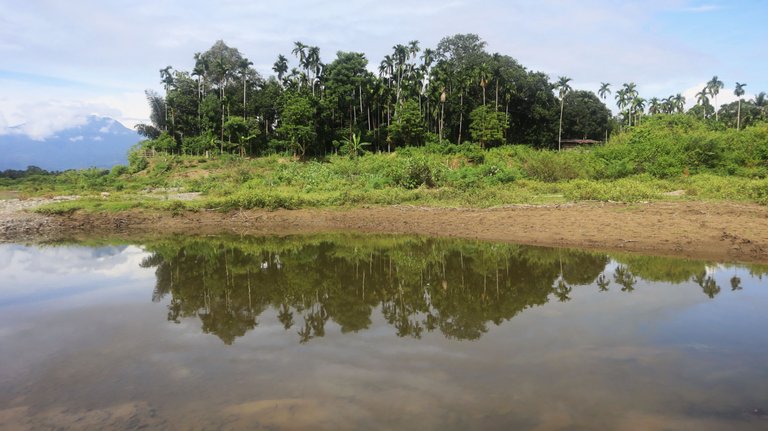
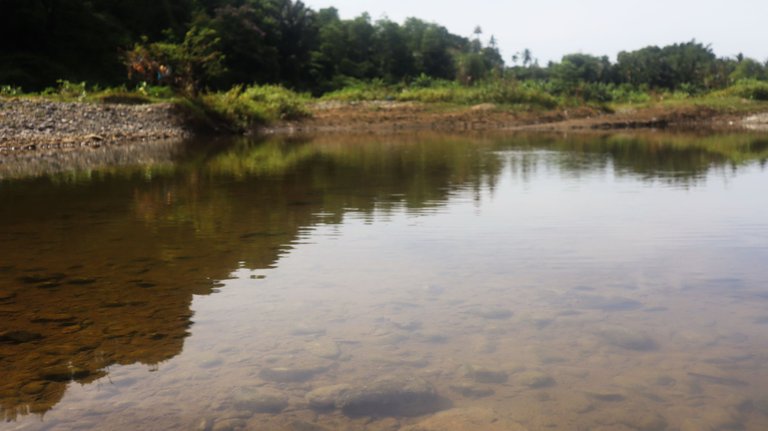
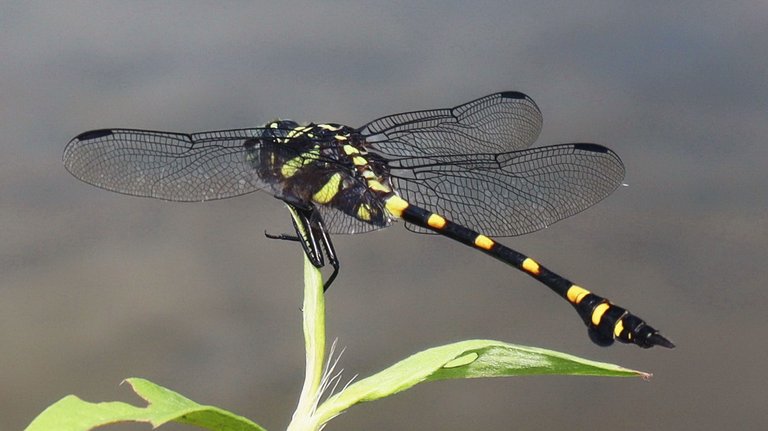
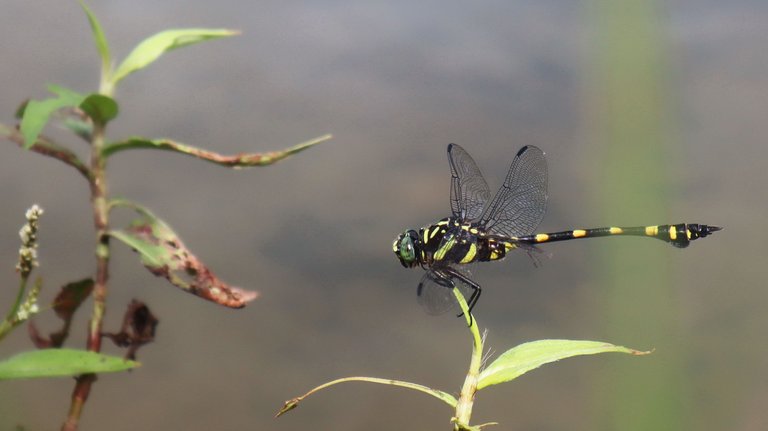
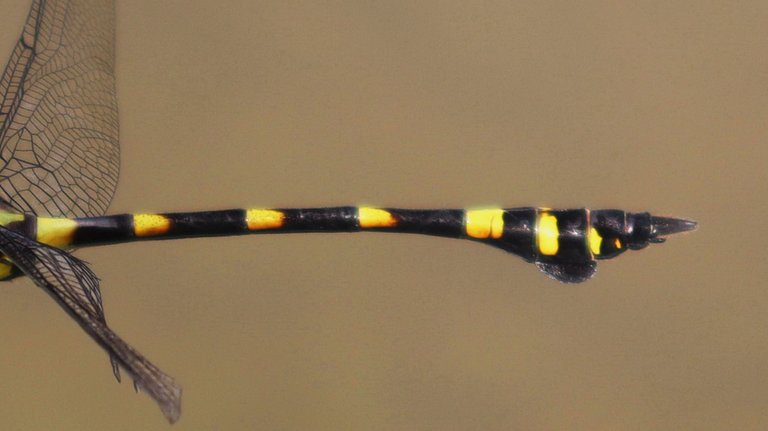
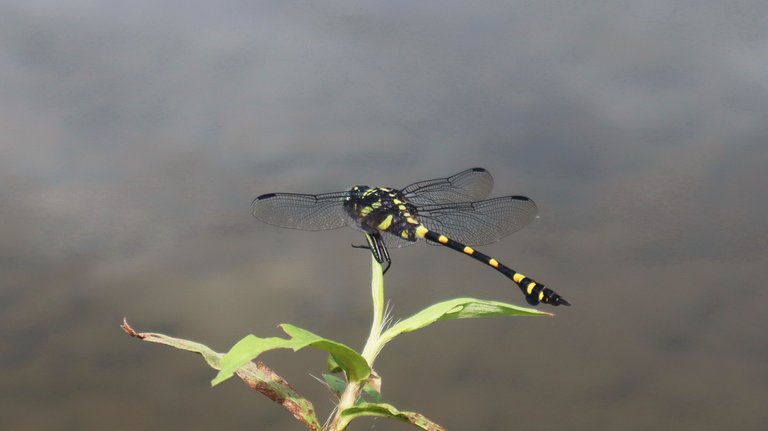
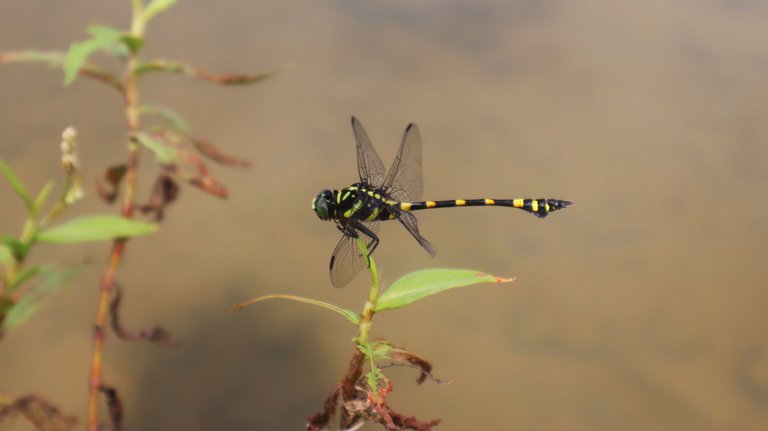
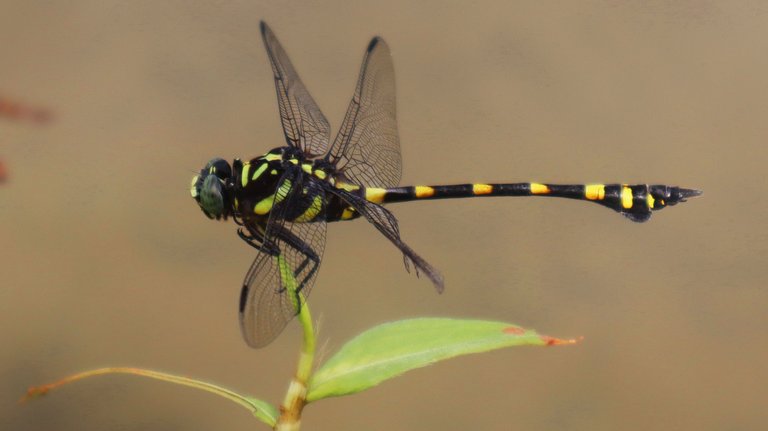

DO NOT FOLLOW any instruction and DO NOT CLICK on any link in the comment!
Excellent publication, you did a great job providing all that information, in a very beautiful and striking dragonfly for its color combination.
Thank you!
We appreciate your work and your post has been manually curated on behalf of Insects Of The World Community. It will be added to the weekly curation report. Keep up the good work.
Thanks!